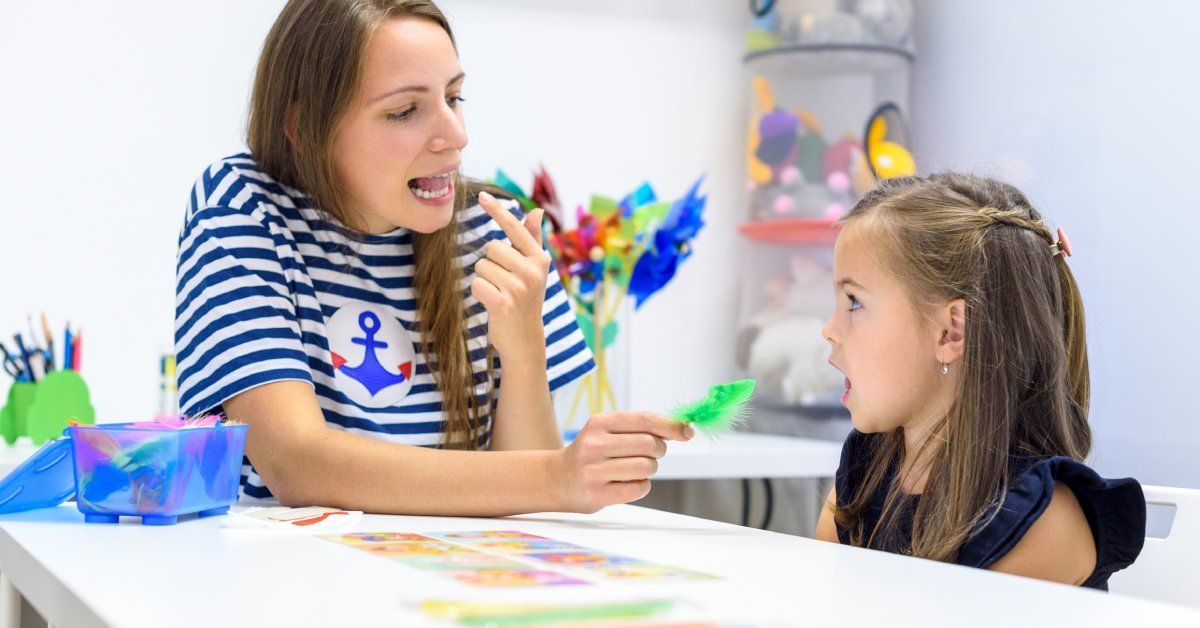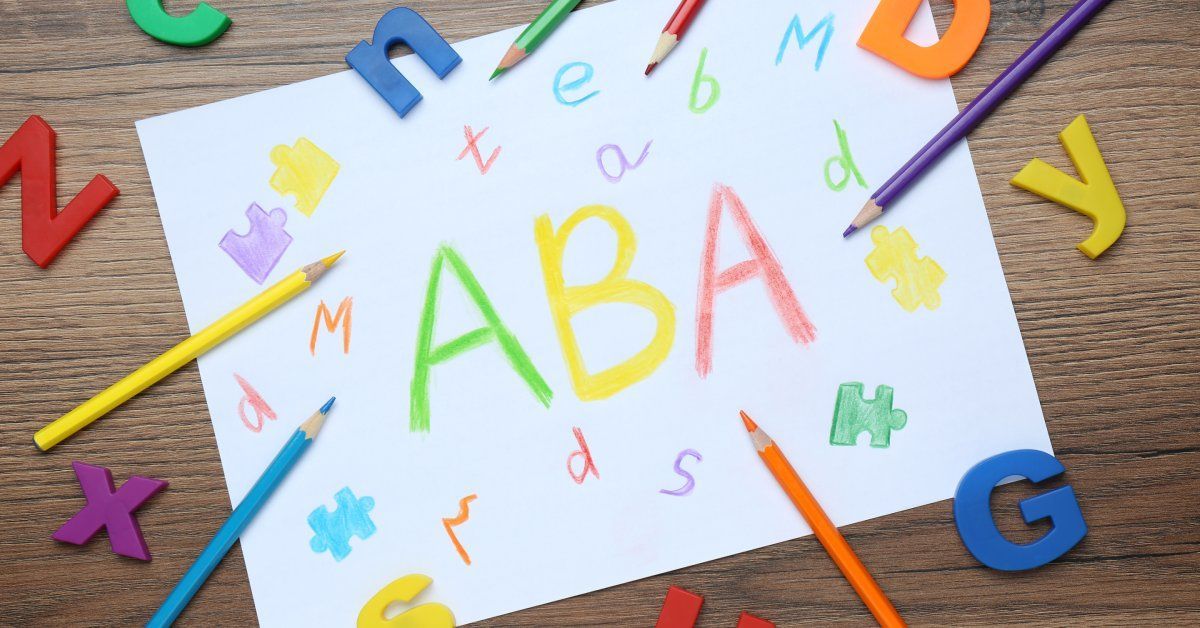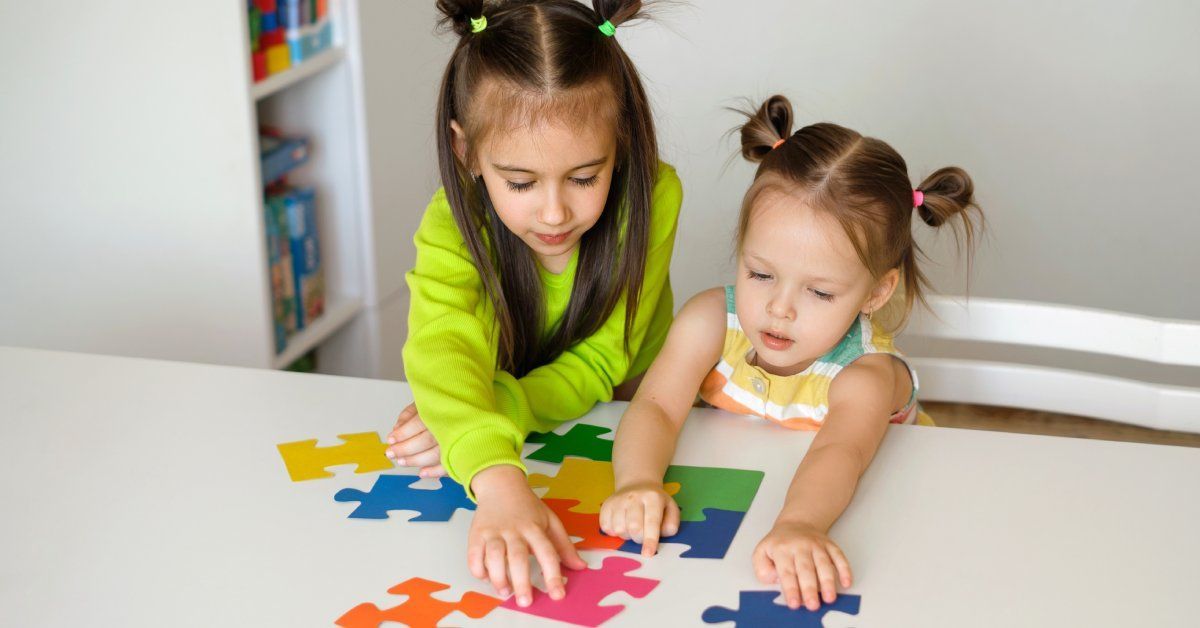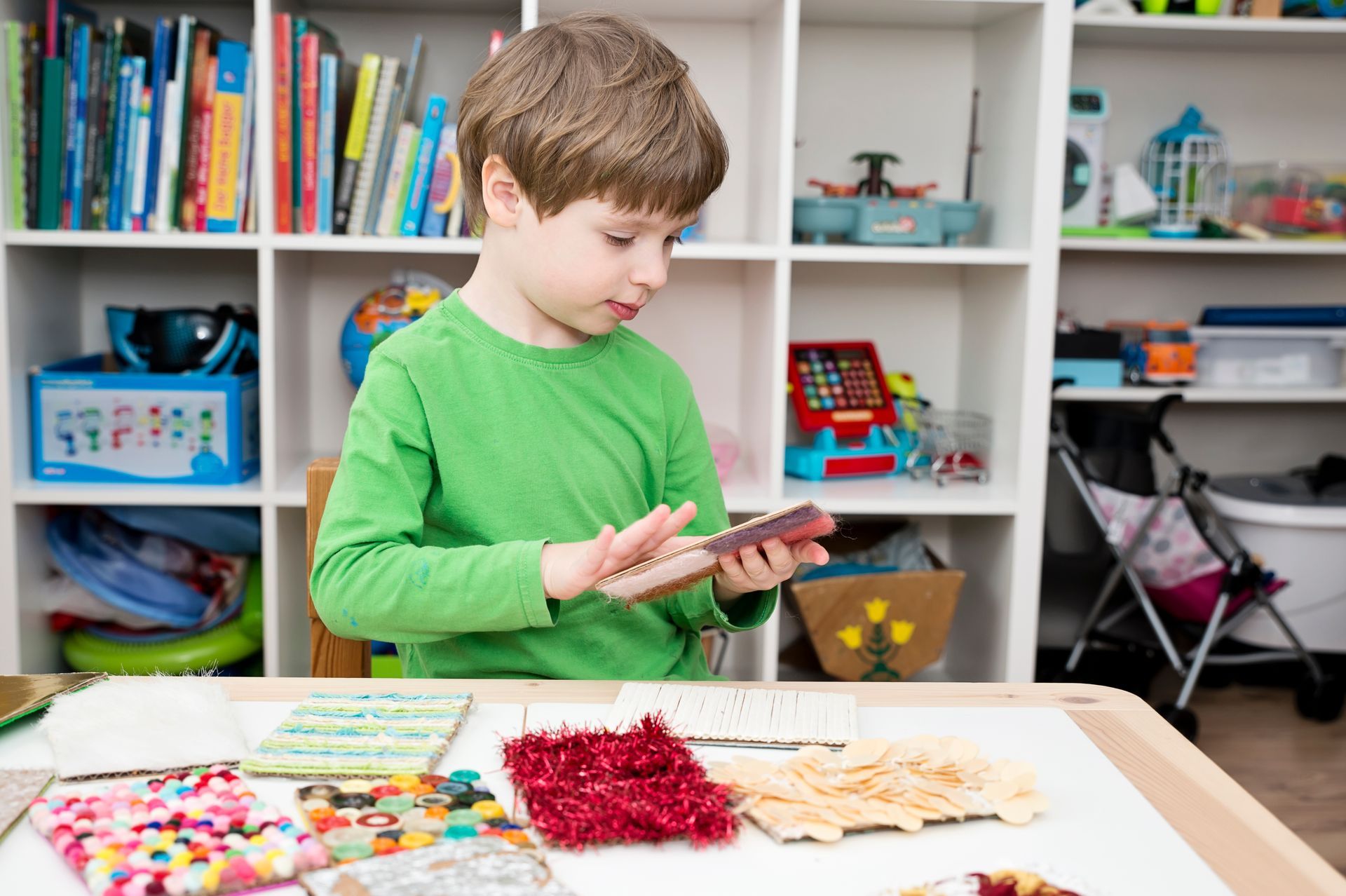11 Common Speech Therapy Exercises for Children
Watching your child develop communication skills brings countless moments to treasure. Sometimes along the way, your child may need some extra support to express themselves clearly and confidently. If you’re searching for ways to help, learning about common speech therapy exercises for children can offer reassurance and guidance. These activities, often led by a professional, empower children to strengthen their communication in a caring and supportive setting.
Speech therapy relies on specific activities to tackle challenges like articulation and language fluency. These exercises feel playful and engaging, making the learning process enjoyable and effective. A speech-language pathologist (SLP) always tailors activities to your child’s strengths and needs, building real progress over time. With this personalized approach, children gain confidence as they learn to express themselves and connect with others.
Practice Mouth Movements in Front of a Mirror
A mirror can be one of the best tools for early practice. It allows children to observe how their lips, tongue, and mouth move when making sounds. Seeing these actions helps them understand and copy the movements needed for different speech sounds.
An SLP might encourage your child to make exaggerated faces—a wide smile or a fish pout—while watching themselves. Practicing sounds, such as "th," where the tongue touches the teeth, becomes clearer with that visual feedback. These small steps set the stage for stronger, more confident speech.
Repeat and Imitate Specific Sounds
Repeating sounds helps children learn how to produce them correctly. An SLP identifies the sounds that challenge your child and models them clearly, encouraging the child to imitate what they hear.
The exercises may begin with simple, isolated sounds like "p" or "s." Once those are comfortable, the therapist introduces combinations—syllables, then whole words, and finally short phrases. Practicing these patterns step by step helps your child speak more clearly in everyday situations.

Use Articulation Cards for Target Sounds
Articulation cards use pictures and words as engaging prompts for kids. Each card targets a specific sound, like "cat," "key," or "book" for the "k" sound. These visuals keep practice sessions fun and interactive.
Therapists turn learning into a game: they might ask your child to pick out a particular card or say the name of a pictured item. By pairing speech with play, kids feel less pressure and more motivation to keep practicing.
Blow Bubbles To Strengthen Oral Muscles
Blowing bubbles isn’t just fun; it also supports mouth and lip strength. When your child blows bubbles, they need to round their lips and control their breath, working on the muscles they use for speaking.
Watching bubbles float and burst adds an element of excitement, keeping children interested and willing to repeat the activity. As they master bubble blowing, they develop breath support and lip rounding for sounds like "w" and "ooh."
Drink Through a Straw To Build Mouth Strength
Using a straw can strengthen important muscles for speech. Each sip encourages your child to use their cheeks, lips, and jaw together, and helps practice tongue retraction—key for some harder-to-make sounds.
Try thick drinks, like smoothies, for an extra challenge. This simple activity can easily fit into snack time or meals. Supporting these muscles helps your child feel more comfortable and confident as they speak.
Play With Word Games and Puzzles
Word games go a long way in making speech practice feel like play. Activities such as "I Spy" encourage children to use clear language and descriptive words. For instance, you can tell your child, "I spy something that’s red and starts with ‘b’." Then encourage them to find and say "ball."
Other favorites include rhyming games and silly sentence challenges. These encourage children to play with language structure and sounds, helping build foundational skills in a way that’s both enjoyable and rewarding.
Practice Tongue-in and Tongue-out Exercises
Tongue placement is key for speaking clearly. Many children benefit from practicing moving their tongues in and out, or side to side. These simple exercises develop strength and coordination.
An SLP might suggest your child try touching their nose or chin with their tongue, or moving side to side in front of a mirror. These fun movements help with important sounds like "t," "d," "n," and "l," making everyday conversation easier.

Use Books To Encourage Language
Reading with your child is one of the best ways to support speech and language. Pause periodically while reading to talk about the story or pictures, encouraging your child to answer questions or share what they see.
Choose books with rhymes or repeated phrases. These patterns make it easier for children to join in and feel successful. Pointing to words and talking about what’s happening supports early literacy while you enjoy time together.
Sing Songs and Nursery Rhymes
Music makes language learning joyful. Songs and nursery rhymes have repetition, rhythm, and simple language. Singing slows down the words, making them easier to say and understand.
Many songs come with motions—like “Head, Shoulders, Knees, and Toes”—that help children connect language with movement. This multi-sensory approach, which combines sound and action, supports speaking and listening in fun, stress-free ways.
Incorporate Pretend Play Scenarios
Pretend play creates plenty of opportunities for your child to use new language skills. Acting out scenes, such as playing house, having a tea party, or running a make-believe store, encourages conversation.
These activities help kids learn to ask questions, express ideas, and take turns in dialogue. When families bring these activities home, especially families working with specialized autism services in North Carolina , pretend play adds another layer of language support, reinforcing skills where children feel most comfortable.
Tell Stories With Sequencing Cards
Sequencing cards show pictures that tell a story in order. Ask your child to arrange the cards and then narrate what happens at each step. This builds important storytelling and communication skills.
It teaches them to structure their sentences logically, using words like “first,” “next,” and “finally.” By working through stories in pictures, children learn to organize and express their ideas more clearly.
Building Lasting Communication Skills
Exploring common speech therapy exercises for children is a proactive step toward empowering your child with the gift of clear and confident communication. Work with your child's therapist to learn how to reinforce these skills at home. Helping your child grow as a communicator starts with simple, supportive exercises like these. By using daily activities, such as play, reading, and sharing stories, you can nurture their skills one step at a time.
Celebrate every little leap, as each one lays the groundwork for confident conversations and richer connections. With patience and encouragement, you help spark a lifelong love of expressing thoughts, feelings, and ideas. Your guidance and support mean the world as your child learns to find their voice.






